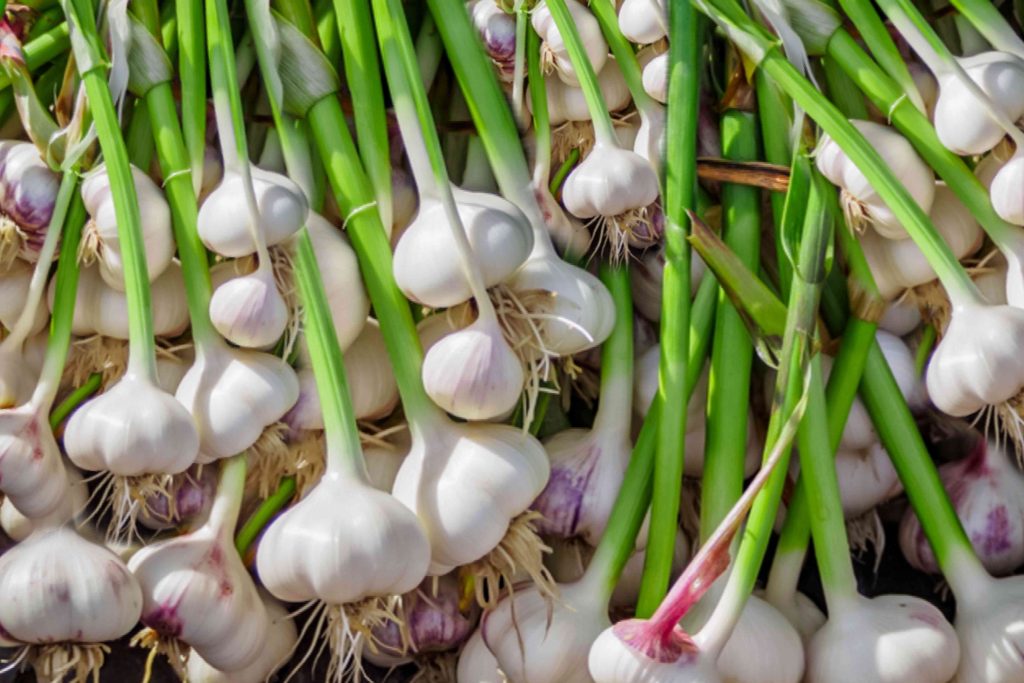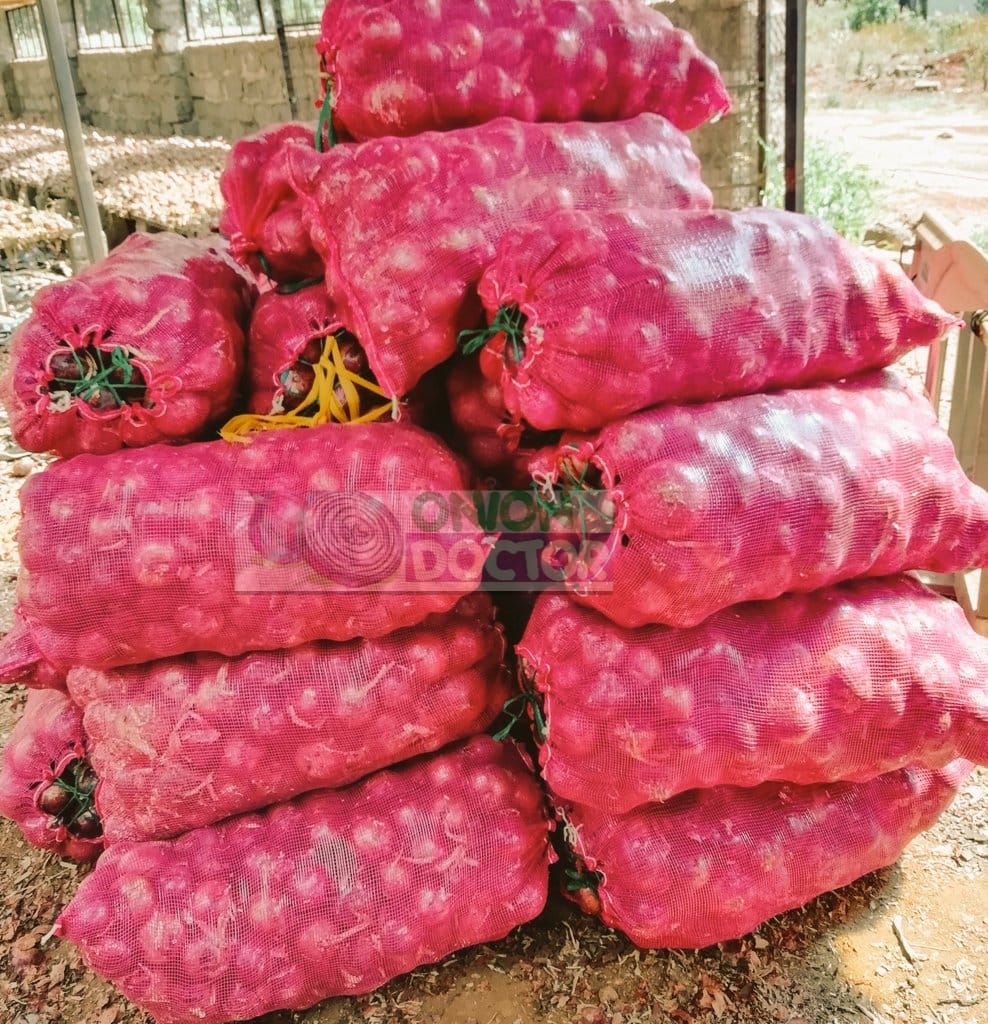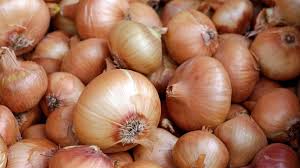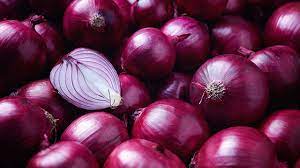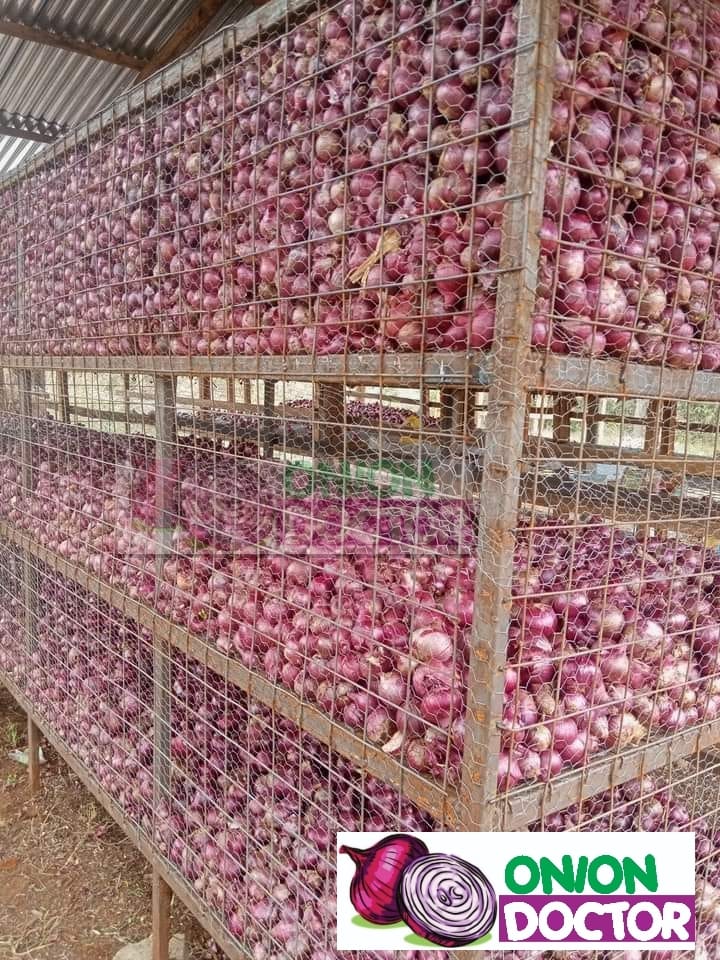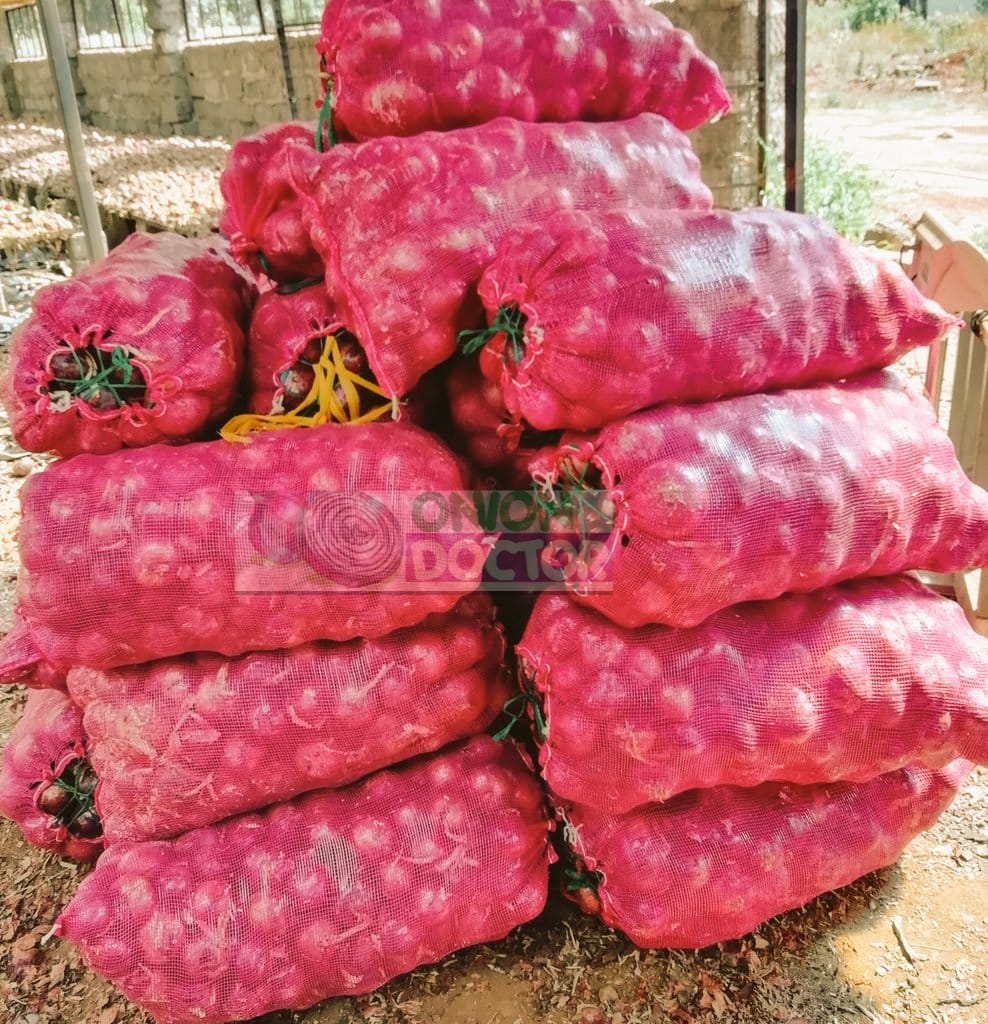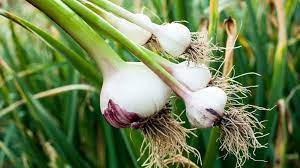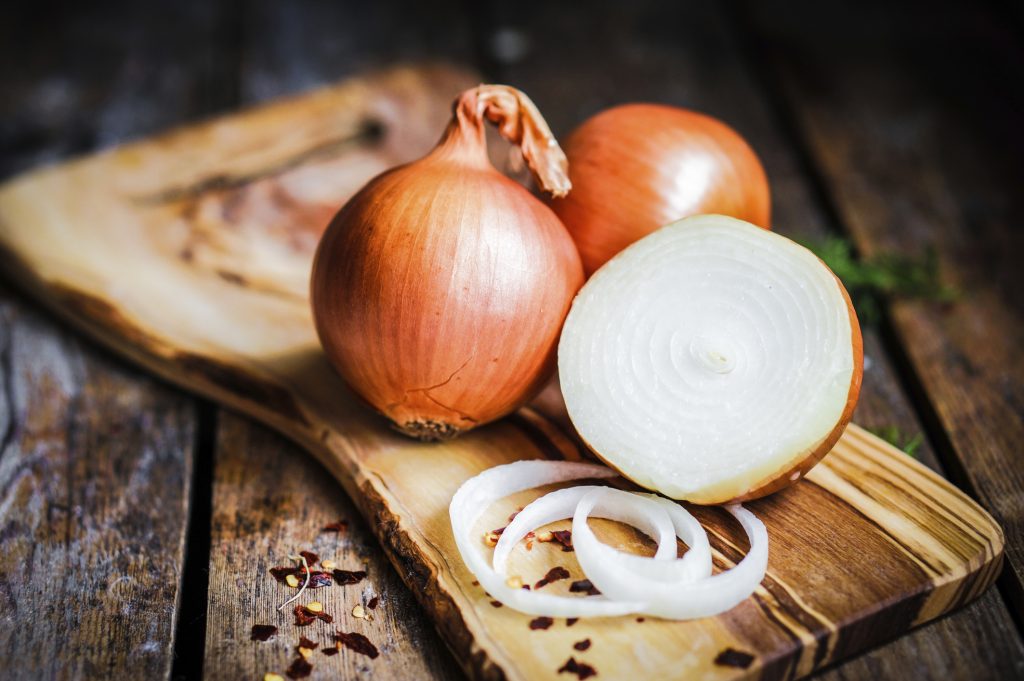Are you in need of in-depth knowledge on onion and garlic production? If yes, we are a call away. Contact us for: Onion seedlings, Garlic seedlings, Germinated garlic cloves, Farm planning services, Soil testing, training on onion and garlic growing, Drip irrigation installation and maintenance, Agronomic support, Onion and Garlic value pack and Farm management. For free consultation, placing orders or booking a visit with an agronomist, please contact us via Call or what’s app +254703982228, Email: Info@oniondoctor.co.ke. You can also check out our social media handles for daily updates on TikTok: https://www.tiktok.com/@oniondoctorke?_t=ZM-8wmsTu0qumO&_r=1 Instagram: https://www.instagram.com/oniondoctorke?igsh=MTVoaHF3aWUydTJzaQ==Facebook:https://www.facebook.com/share/16SwgYn2dG/ Youtube:https://youtube.com/@oniondoctorke?si=u5Jnd-r0qU9UDYqL and Twitter: https://x.com/OnionDoctorKe?t=FR3JXlS_oN1vjjUgAtfyzg&s=09 To attain the highest Return On Investment, ensure to use the right onion variety, correct seed rate, proper irrigation, nutrition and spraying. Carry out a soil test to ensure your soil provides the optimum conditions for Onion growth. Land Acquisition Assuming you don’t have land, it’s a good time to lease land. The cost of leasing land greatly differs from one region to another. There are several areas you can acquire land, just make sure the area is hot with lots of sunshine and a permanent source of water. Onions need such climate and a lot of water for optimum growth and high yields. These areas include, Juja Farm, Mang’u, Thika, Kithimani, Matuu, Machakos, Emali, Loitoktok,Isnet, Isinya, Athiriver, Kajiado, Naivasha, Narok, Nyahururu, Rumuruti, Maralal, Nyeri, Karatina, Embu, amongst others. Installations: This is where you do irrigation systems installation depending on your prefered method for irrigation. If it is drip irrigation, Total cost for buying and installing drip system is about 170,000/-. We the Onion Doctor offer drip irrigation kit and installation for you. Very high skilled technicians and very high quality drip kit that will do your farm good . Reach to us for our services at a very competitive price. Seedling Acquisition: Having the right seedlings is key to a successful venture. Ensure to plant the right seedlings get the right seedlings from Onion Doctor. From 2kgs in drip irrigation you will get good production. We have the Best seedling varieties that will ensure yields of up to 28 tonnes per acre if done well and with the correct seedling rate.. Nursery Establishment Establishing the nursery is a simple task. You can put up raised beds, or sunk basins depending on how you intend to irrigate your nursery. Make at least 15-20 beds with 10m length and 1m width. This is a one man work and can cost you 2000/-. This is where you can use a selective pre-emergence herbicide to contain weeds. However, if you decide to do so, do not sow your seeds until after 2 weeks. Sowing After the establishment, sowing is the next activity. You can either sow in rows or broadcast. To save space and ensure maximum germination, we recommend the broadcasting method. Use DAP fertilizer 1 kg and cover with light soil then add mulch. Water immediately after mulching.This is a one day job using at most 5 people for the Job, paying 250/- Per person. DAP will cost you 100/-: Acquiring Mulch will cost about 500/-: Total Cost for Sowing is: 1,850/- Nursery Management This practices include, Spraying, weeding and general crop husbandry. This is where most farmers lose 40% of seedlings without realization. Make sure weeding and Spraying is done timely. Avoid spraying weeding herbicides at this stage of the nursery and use hand weeding instead. Hand weeding will be done twice in the nursery. Land Preparation Start land preparation 3 weeks before the seedlings are ready for Transplanting. This will save you the cost of double ploughing. Land preparation involves Ploughing @4000/- and Harrowing @2000/-. With drip irrigation, this is where you check all your installations are in good shape and functioning properly. Onion Doctor offers a guide and training how and when to prepare the land. Reach to us for more information. Transplanting This is a beautiful activity. It gives you that sense of achievement. However it is costly and you should ensure you have enough funds to keep it going. On the eve of Transplanting, check Our spray program and see what to add to the soil for very quick growth and strong plants after transplanting. Reach to use for our spray program infor. Weeding Your production could drastically reduce if you don’t create a weed free environment for your onions. This is because onions do not compete well with weeds. Hand weeding is the most common method you can apply. You will need 10ppl @350 working 2 full days for each weeding activity. Onion Doctor supports small holder farmers across Africa with quality and affordable Onion and Garlic seedlings, Onion seedlings, Farm planning services, Soil testing, Drip irrigation installation and maintenance, Agronomic support, Onion and Garlic value pack, Farm management, E-extension and on-farm training for farmers to optimize on yields and get maximum profits.
